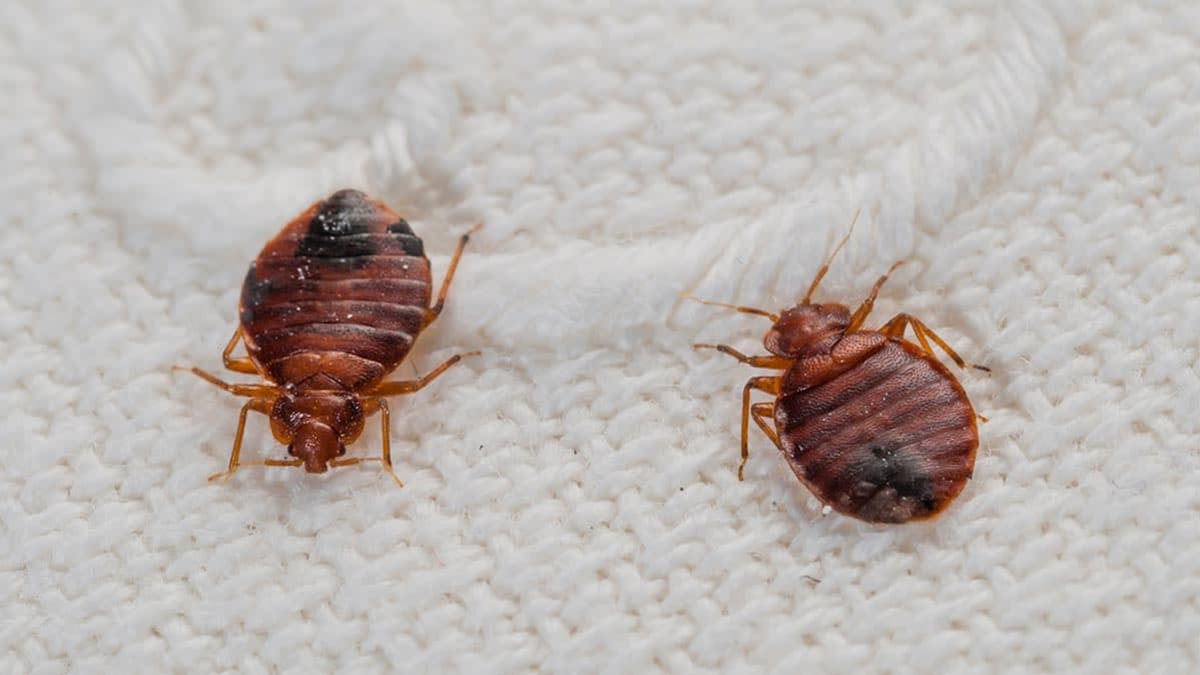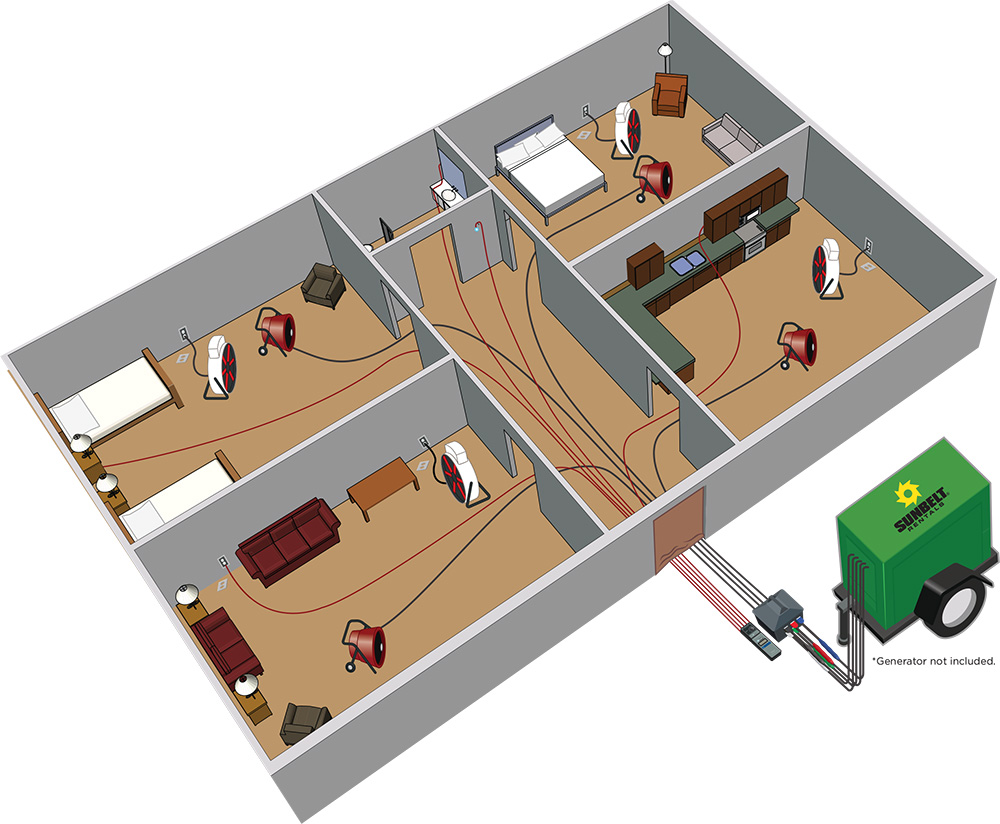Not known Details About Bed Bug Services
Table of ContentsAll about Bed Bug ServicesSome Ideas on Bed Bug Services You Should KnowOur Bed Bug Services Diaries
High-temperature treatment is an extremely efficient solutions for removing bed bugs from apartments, condos, and offices. Unlike insecticide treatments that work only on direct contact, thermal methods reaches all areas where bed bugs hide, destroying adult bed bugs, nymphs, and eggs in a single session. Understanding how this process works can help homeowners, property managers, and business owners make informed decisions.The principle of heat treatment is simple yet powerful. Bed bugs cannot survive when exposed to high temperatures. Research indicates that environments reaching 122°F can kill bed bugs. To ensure complete elimination, professionals usually heat the area to 135°F–145°F so that even hard-to-heat areas reach lethal levels. Maintaining the required temperature for several hours ensures that every hiding place is affected.

Getting The Bed Bug Services To Work
When technicians begin the treatment, they use specialized heat equipment along with high-velocity fans to move heat into hidden areas. Rather than rushing the temperature increase, the process starts slowly, which prevents damage and ensures bugs cannot hide.

After the treatment, technicians shut down equipment and the area is left to naturally cool. Many companies check the property for remaining bed bugs and provide detailed reports showing that the process was thorough and successful. This reporting offers peace of mind and demonstrates a thorough job.
Heat treatment has unique benefits. It is chemical-free, which is ideal for families and those with health discover this concerns. It is often a one-day solution, allowing people to resume daily life immediately - Bed Bug Services. Heat also reaches deep into furniture, walls, and other hidden areas. Unlike some methods, content the life cycle is fully eradicated, saving time and money
What Does Bed Bug Services Do?
While highly effective, heat treatment has some limitations. It can be expensive for large properties, particularly in big homes. Reinfestation is possible if people bring them in again, so ongoing monitoring is important. Certain items require removal or protection, and in multi-unit housing, additional methods may be needed to prevent spread.
Many professionals recommend combining heat treatment with post-treatment monitoring or residual applications to ensure lasting results. Follow-up devices and careful inspections can provide additional additional reading protection.
After treatment, ongoing vigilance matters. Regular inspections of living spaces help catch early signs of activity. Mattress and box spring encasements trap bed bugs, while keeping areas tidy can help maintain control. Being careful with incoming belongings is also important to prevent bed bugs from returning.
Heat treatment offers a highly effective solution for challenging bed bug problems. It provides a safe and highly efficient method that removes pests completely. When executed by expert technicians, it ensures complete eradication without the lingering effects of chemicals, allowing families to live safely again.